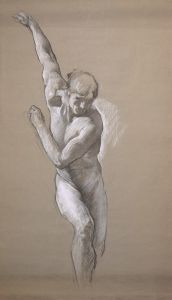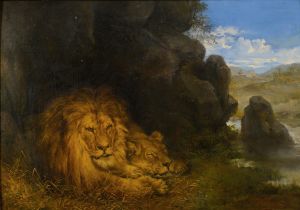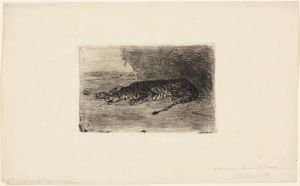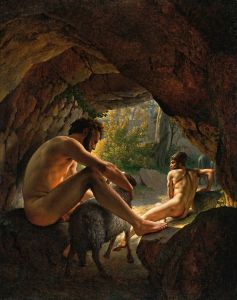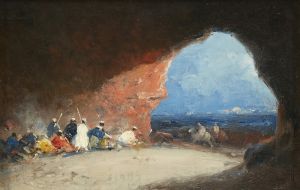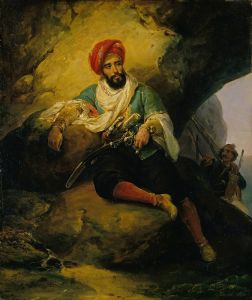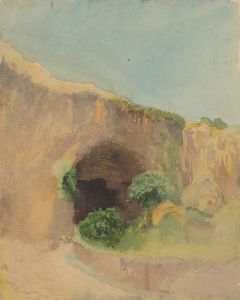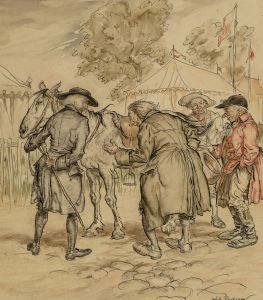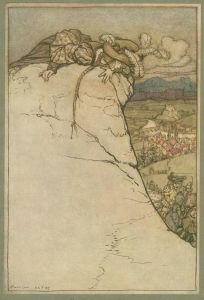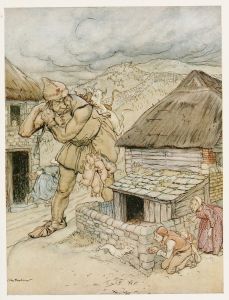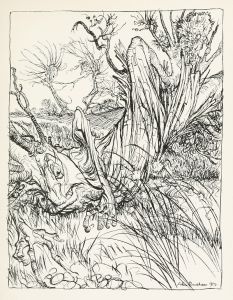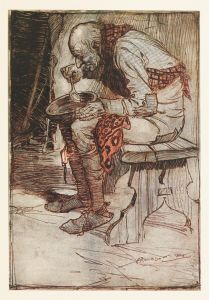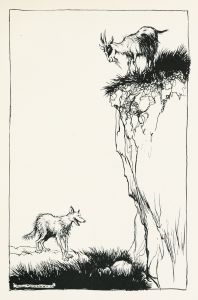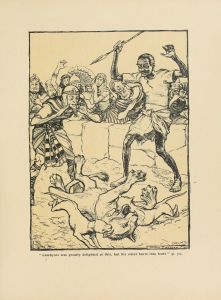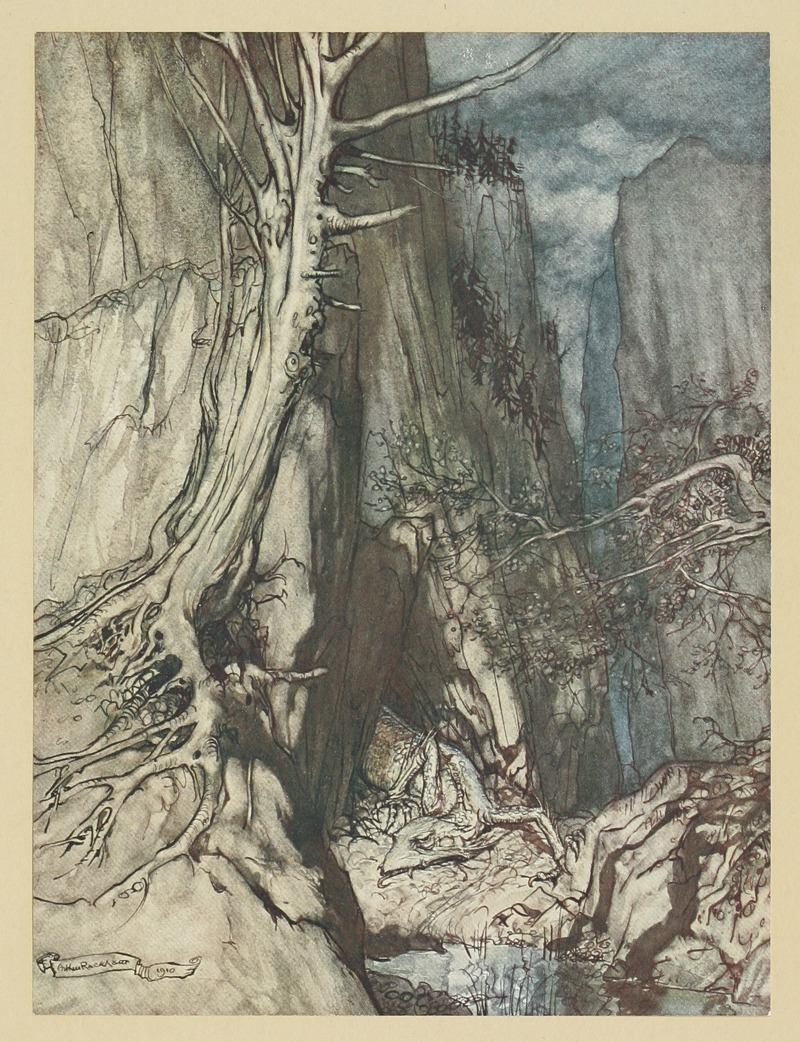
‘There as a dread Dragon he sojourns, and in a cave keeps watch over Alberich’s ring
A hand-painted replica of Arthur Rackham’s masterpiece ‘There as a dread Dragon he sojourns, and in a cave keeps watch over Alberich’s ring, meticulously crafted by professional artists to capture the true essence of the original. Each piece is created with museum-quality canvas and rare mineral pigments, carefully painted by experienced artists with delicate brushstrokes and rich, layered colors to perfectly recreate the texture of the original artwork. Unlike machine-printed reproductions, this hand-painted version brings the painting to life, infused with the artist’s emotions and skill in every stroke. Whether for personal collection or home decoration, it instantly elevates the artistic atmosphere of any space.
Arthur Rackham's illustration titled "There as a dread Dragon he sojourns, and in a cave keeps watch over Alberich’s ring" is a notable work created for Richard Wagner's opera cycle "Der Ring des Nibelungen" ("The Ring of the Nibelung"). Rackham, a renowned British illustrator, produced this artwork as part of his series of illustrations for the English translation of Wagner's libretti, published in 1910. The illustration is associated with the third opera in the cycle, "Siegfried," and depicts the dragon Fafner, who guards the cursed ring forged by Alberich.
Arthur Rackham (1867–1939) was a prominent figure in the Golden Age of British book illustration, celebrated for his detailed and imaginative depictions of mythological, fairy tale, and literary subjects. His work on Wagner's "Ring" cycle is considered one of his most significant achievements, showcasing his ability to bring complex and fantastical narratives to life through his distinctive style.
The scene illustrated by Rackham is inspired by the storyline of "Siegfried," in which the hero Siegfried confronts the dragon Fafner. Fafner, originally a giant, transformed into a dragon to guard the treasure he had claimed, including the powerful ring. The ring, central to the opera's plot, grants immense power but is cursed, bringing misfortune to its possessor. Rackham's depiction captures the ominous and foreboding nature of the dragon, emphasizing the mythical and dramatic elements of Wagner's work.
Rackham's illustrations for "The Ring of the Nibelung" were highly praised for their ability to convey the operas' themes and atmosphere. His use of muted colors, intricate line work, and attention to detail created a visual counterpart to Wagner's music and storytelling. The illustrations were published in a deluxe edition, which included numerous color plates and black-and-white drawings, making them accessible to a wider audience and contributing to Rackham's reputation as a master illustrator.
This particular illustration reflects Rackham's interpretation of the tension and drama inherent in the story, as well as his skill in portraying fantastical creatures. It remains a significant example of early 20th-century book illustration and continues to be appreciated for its artistic and cultural value.





